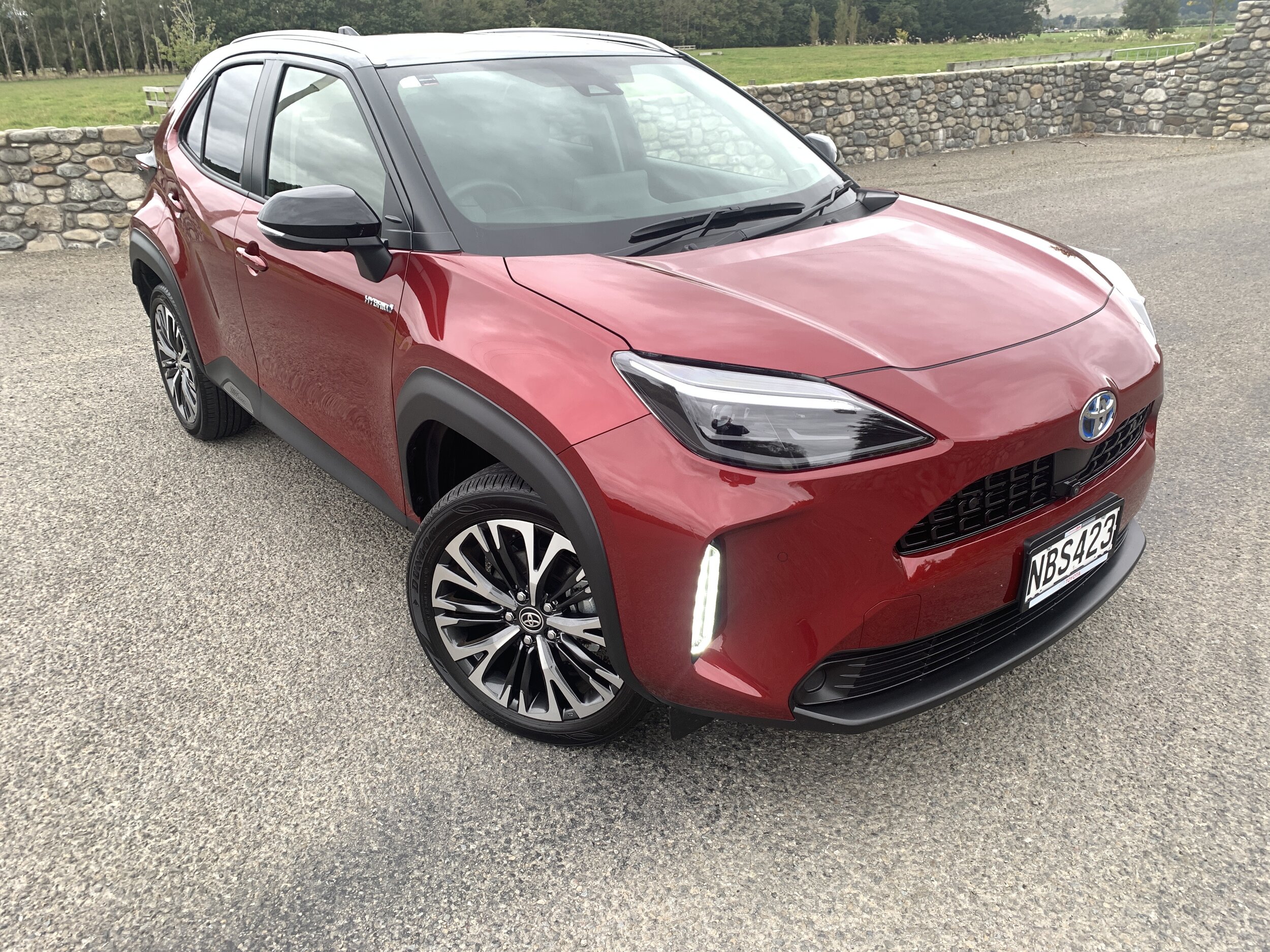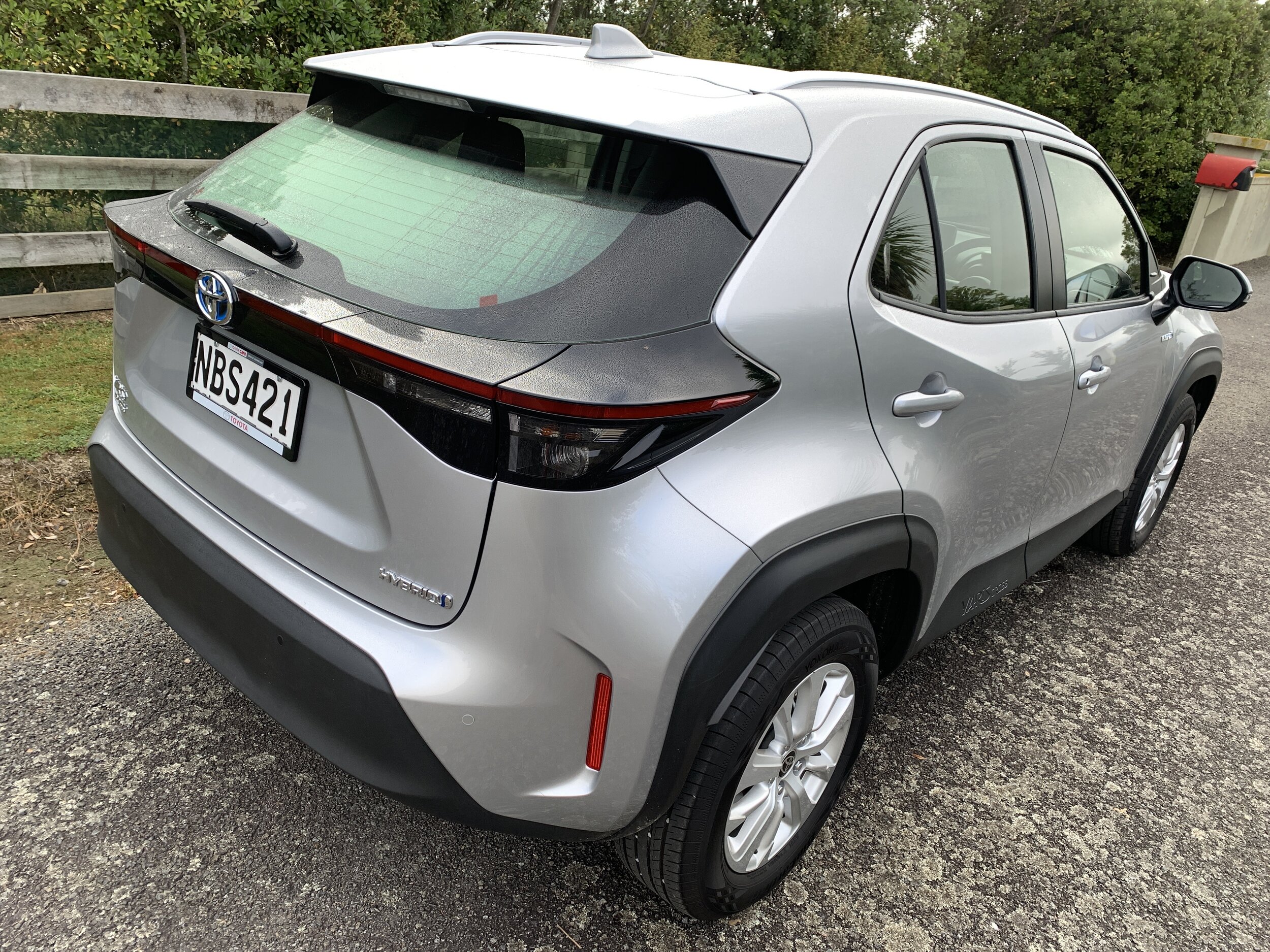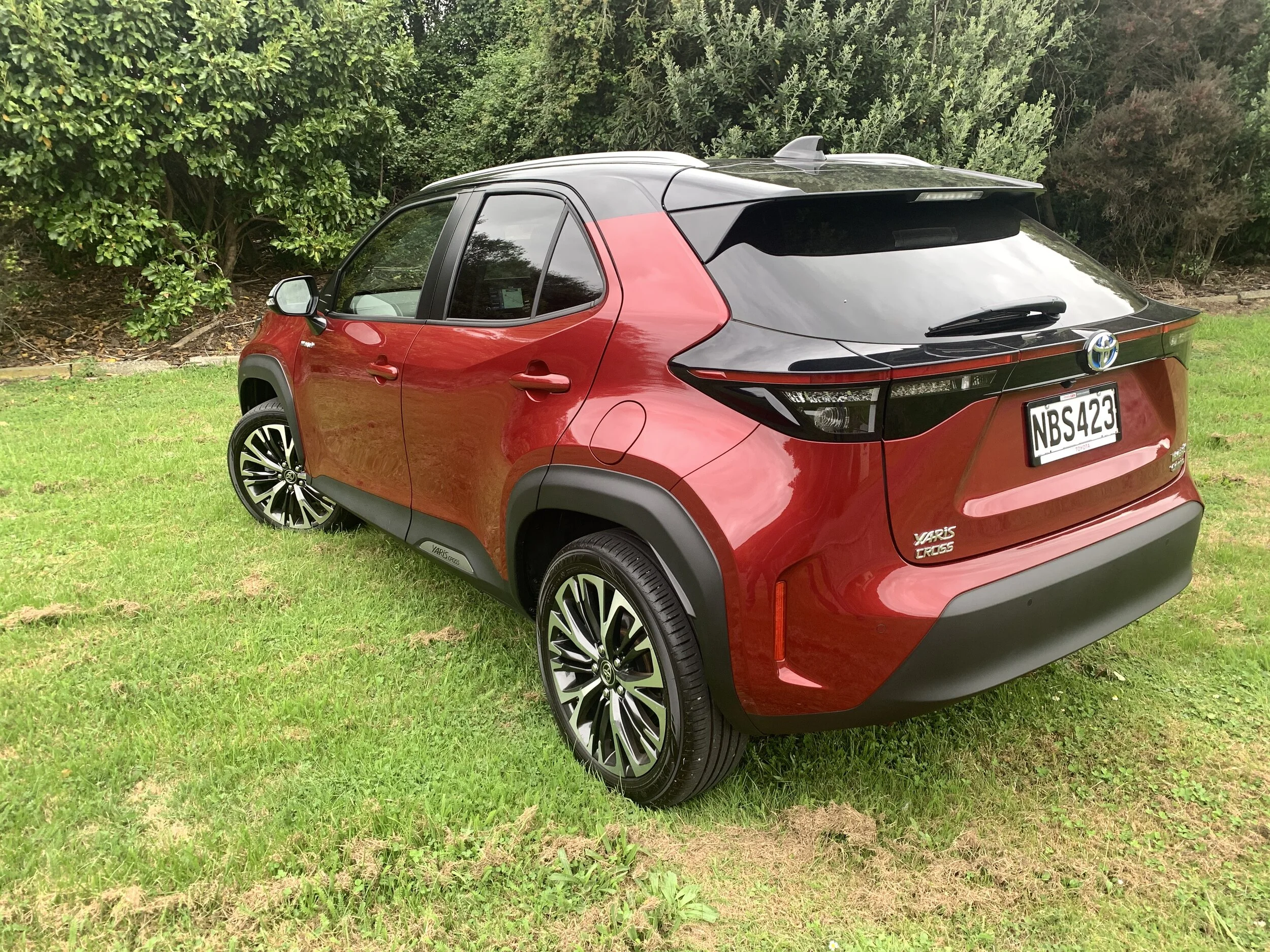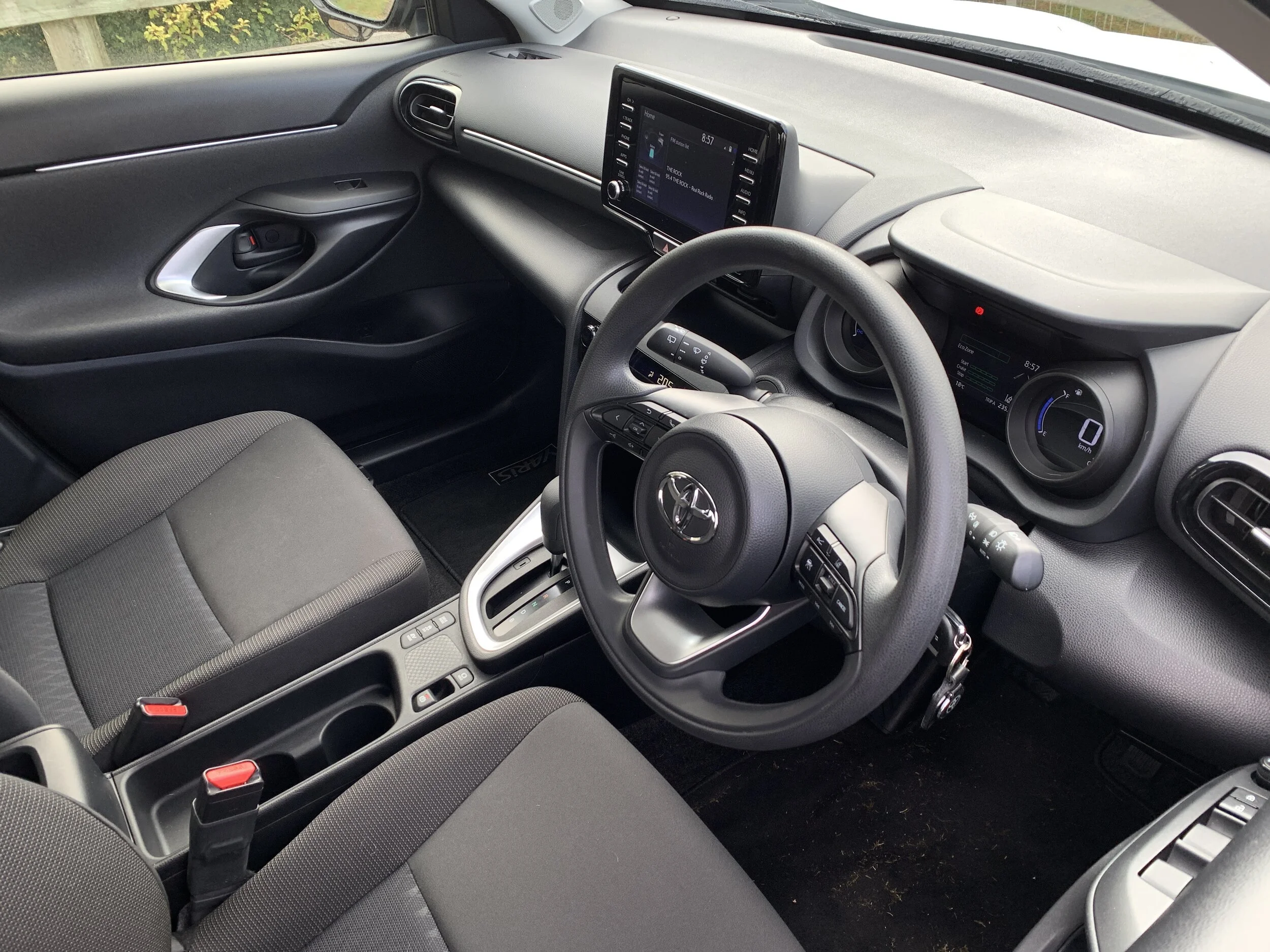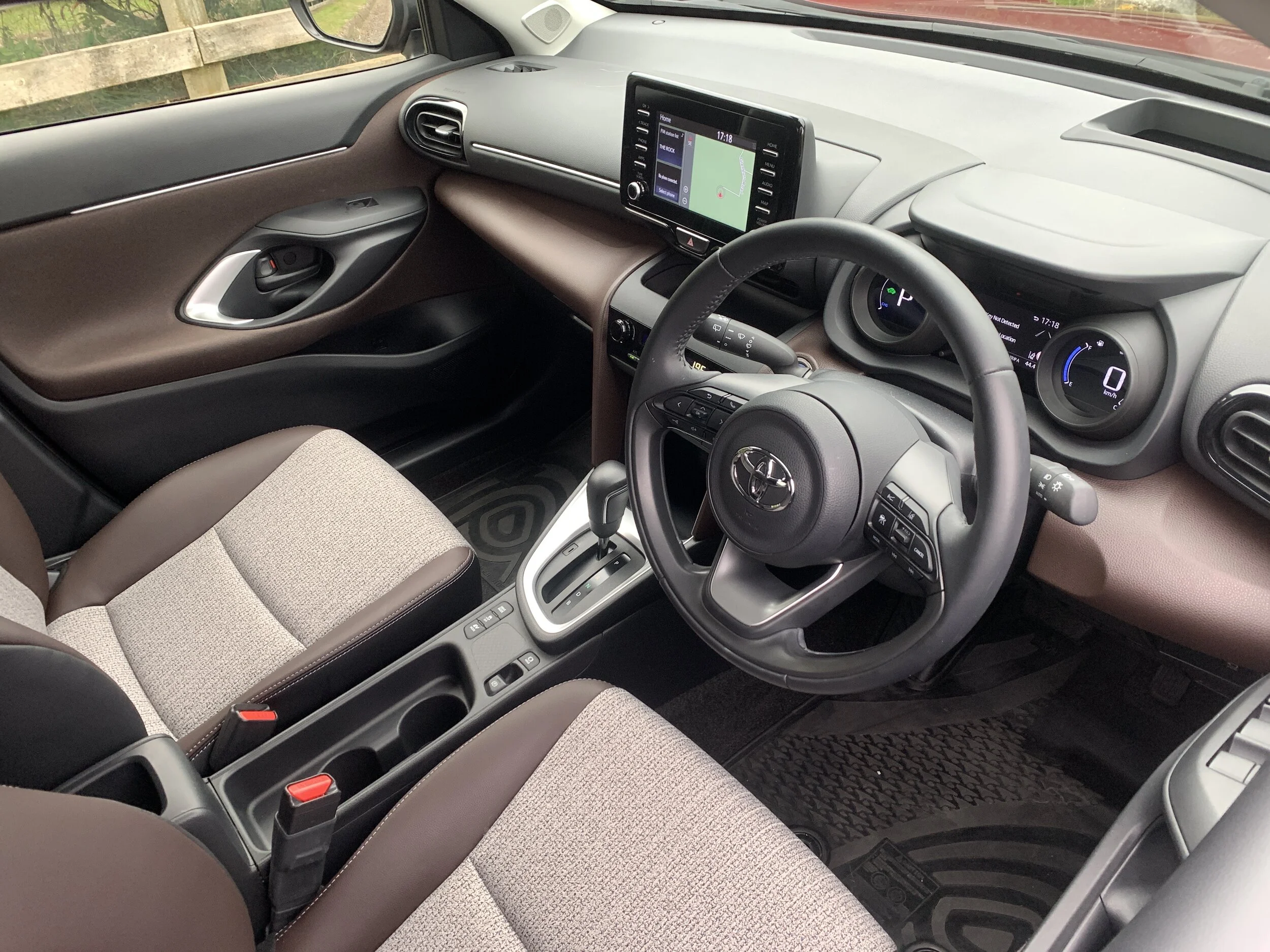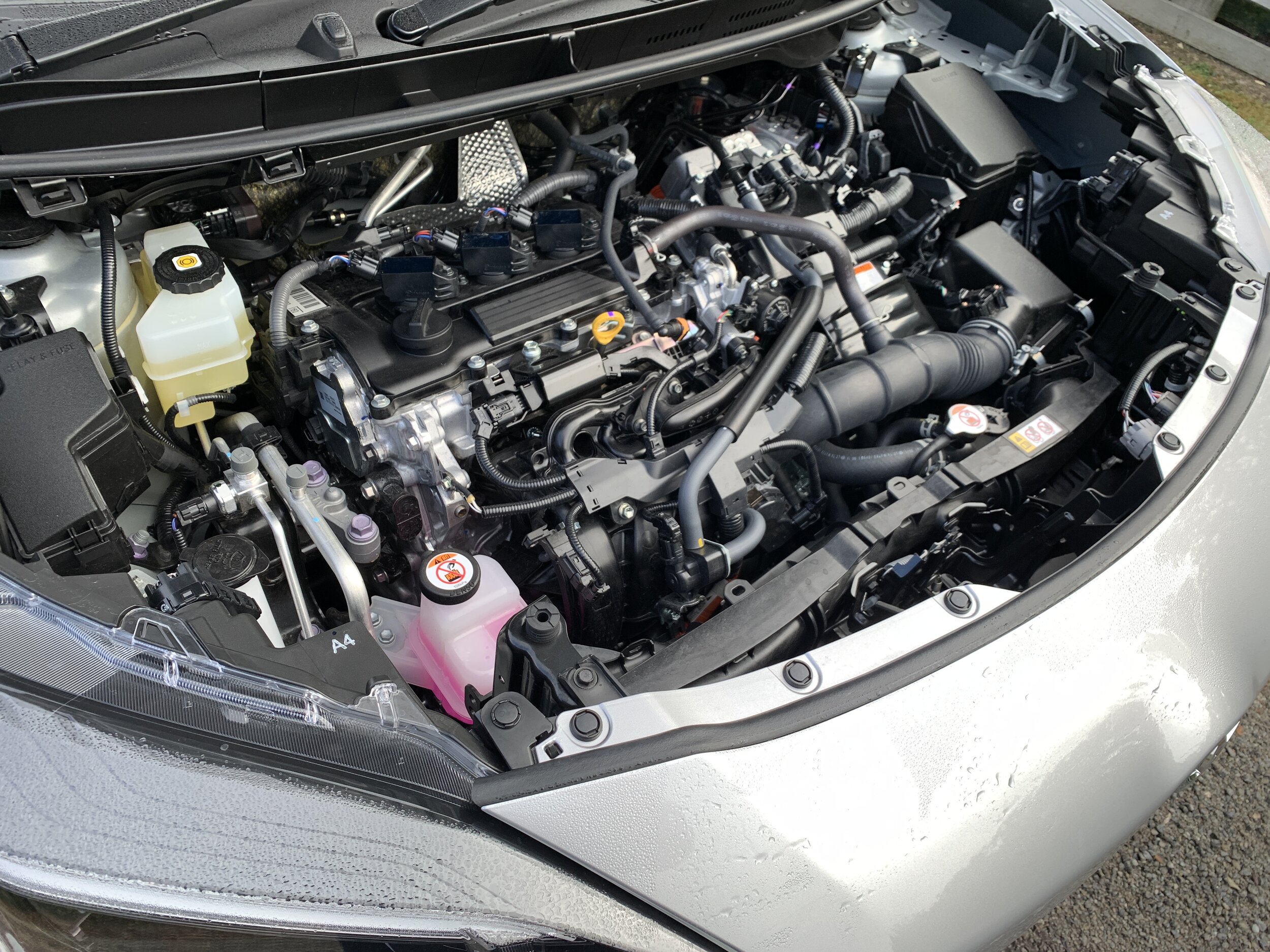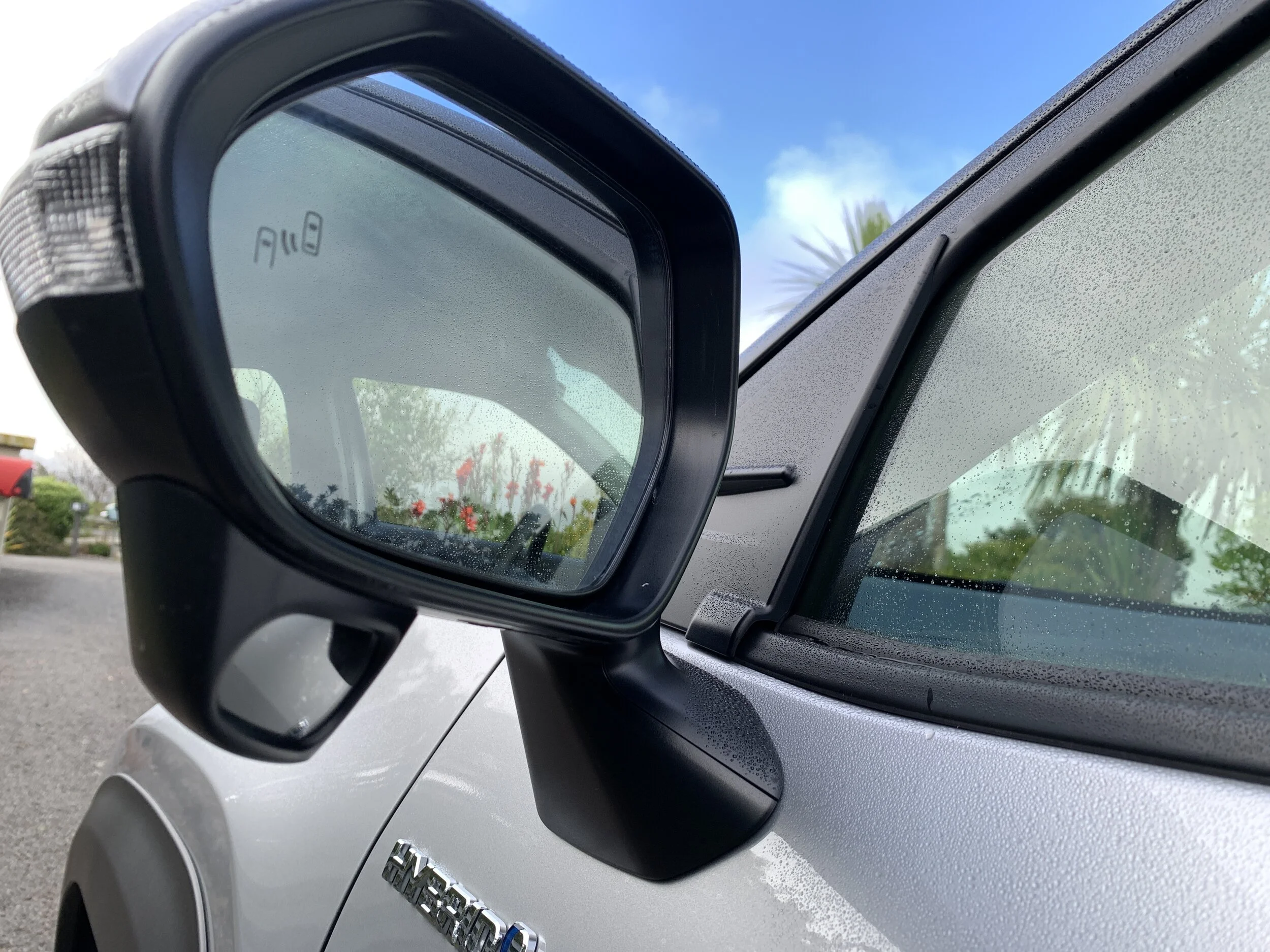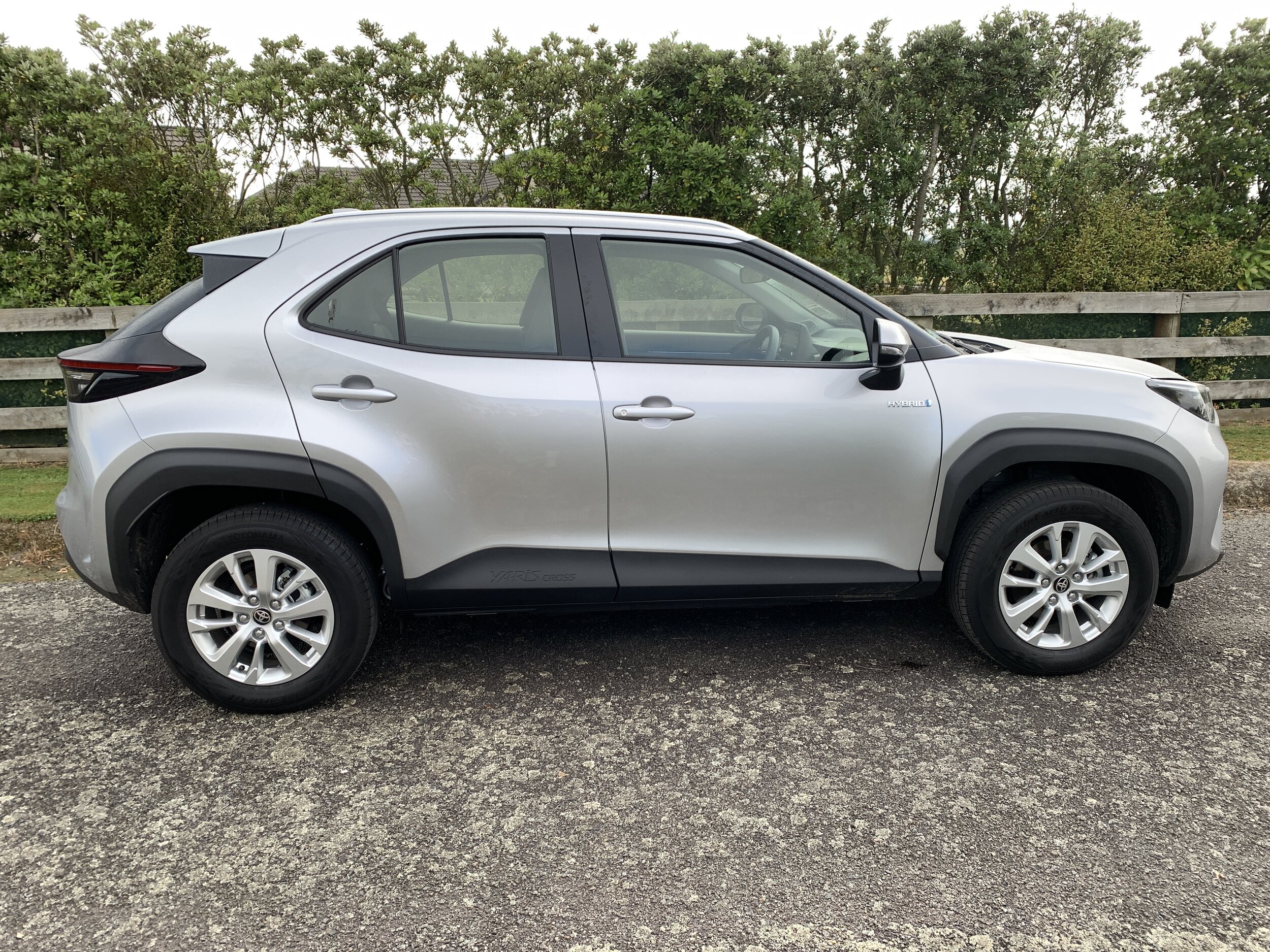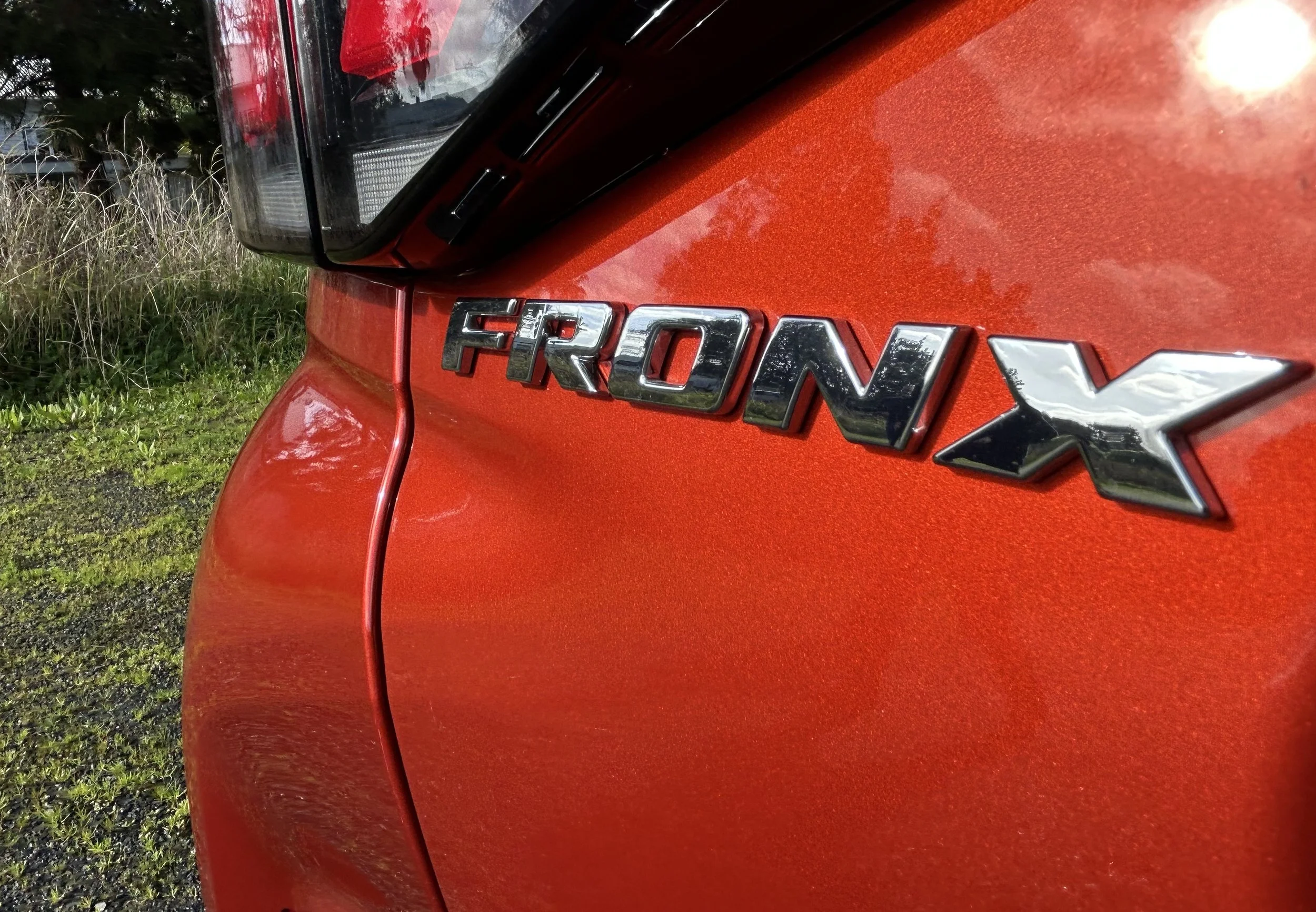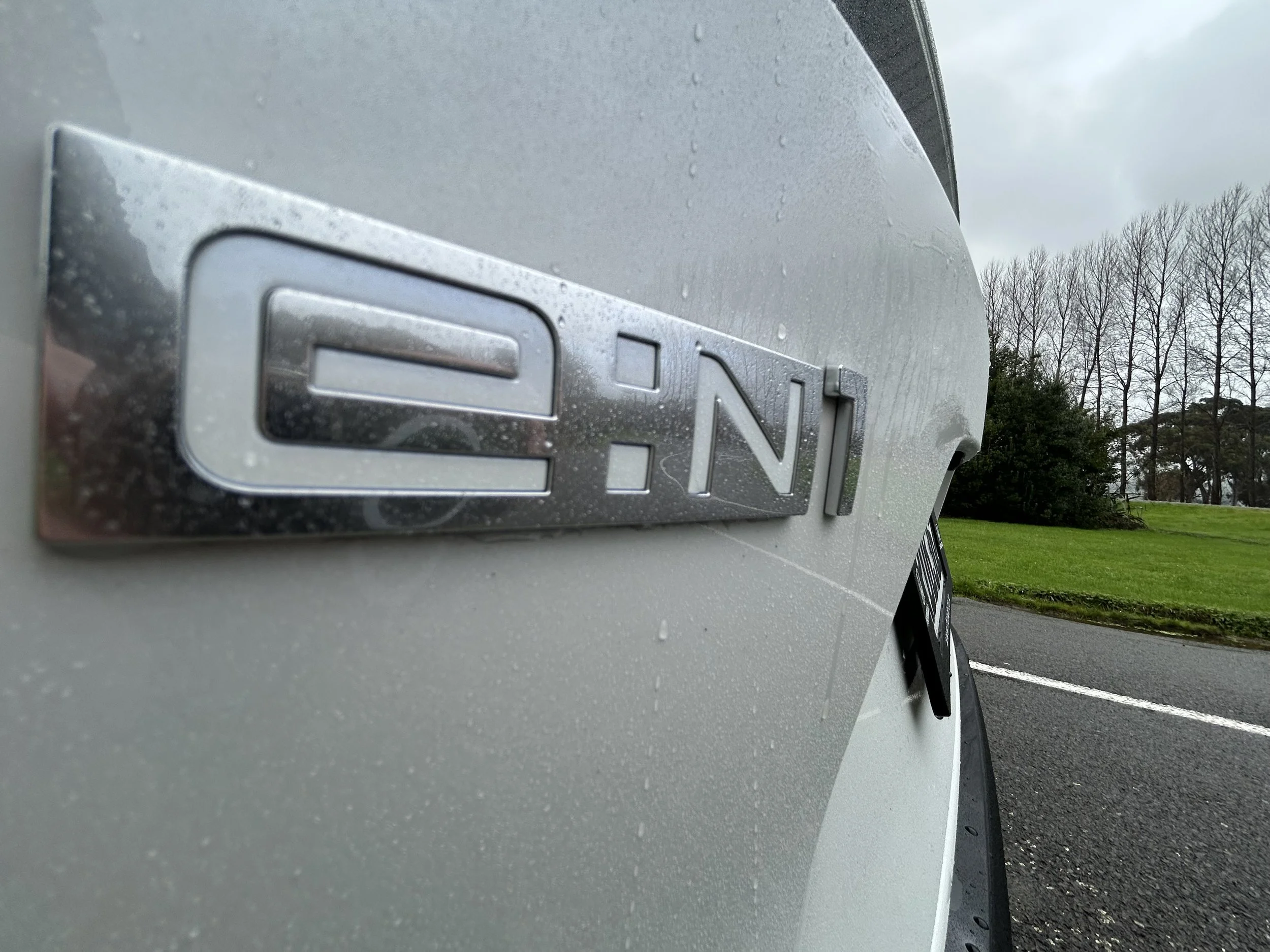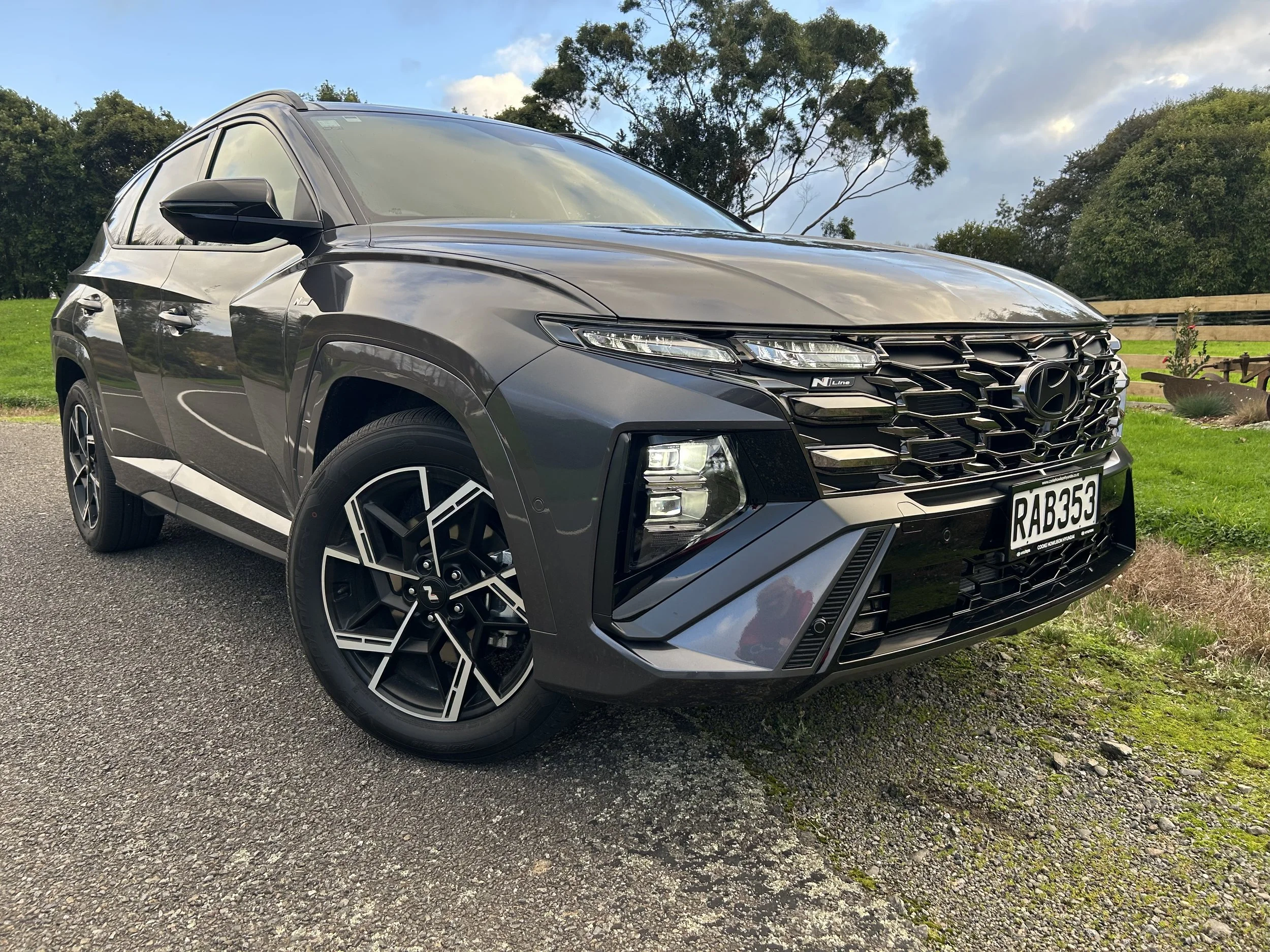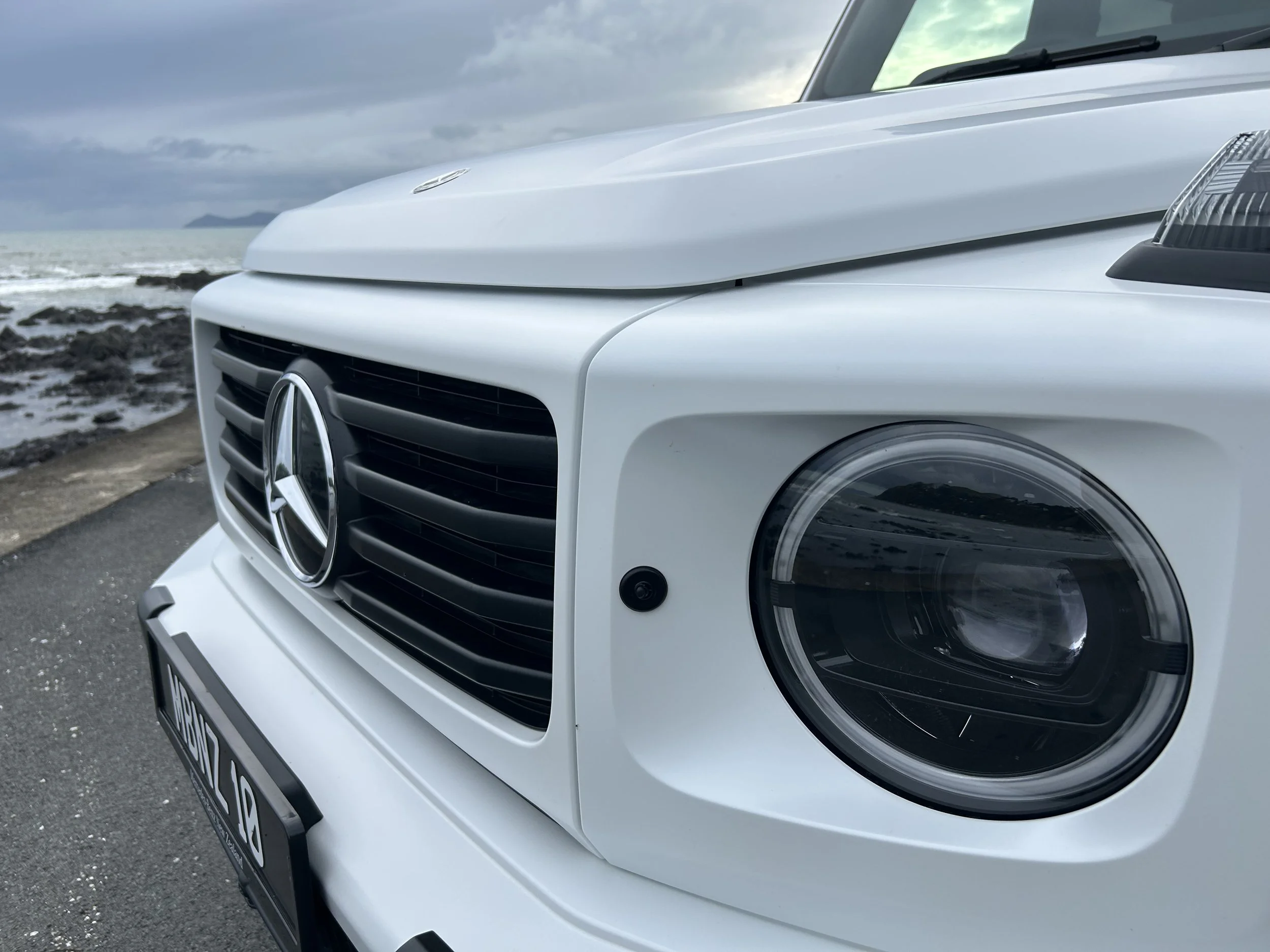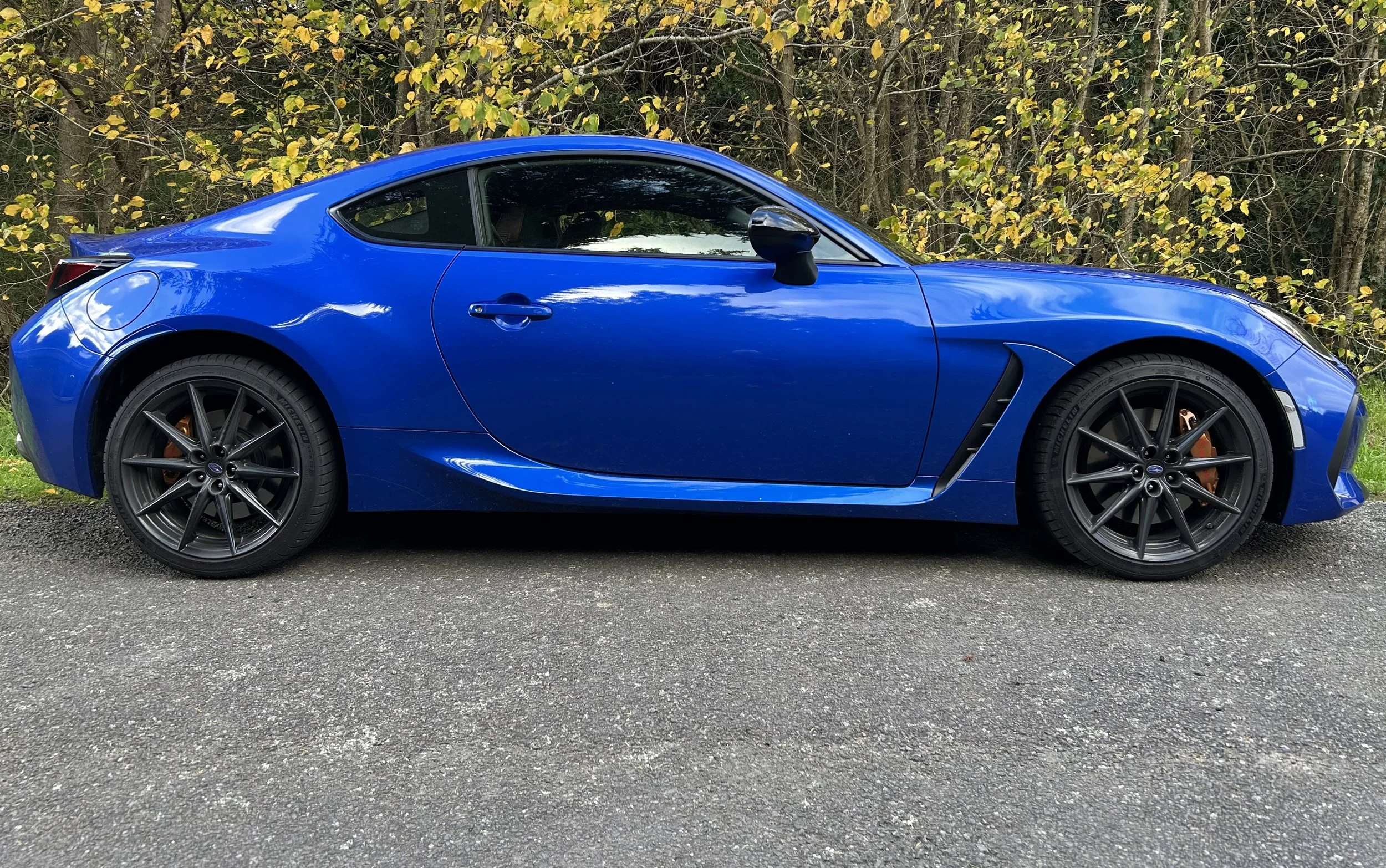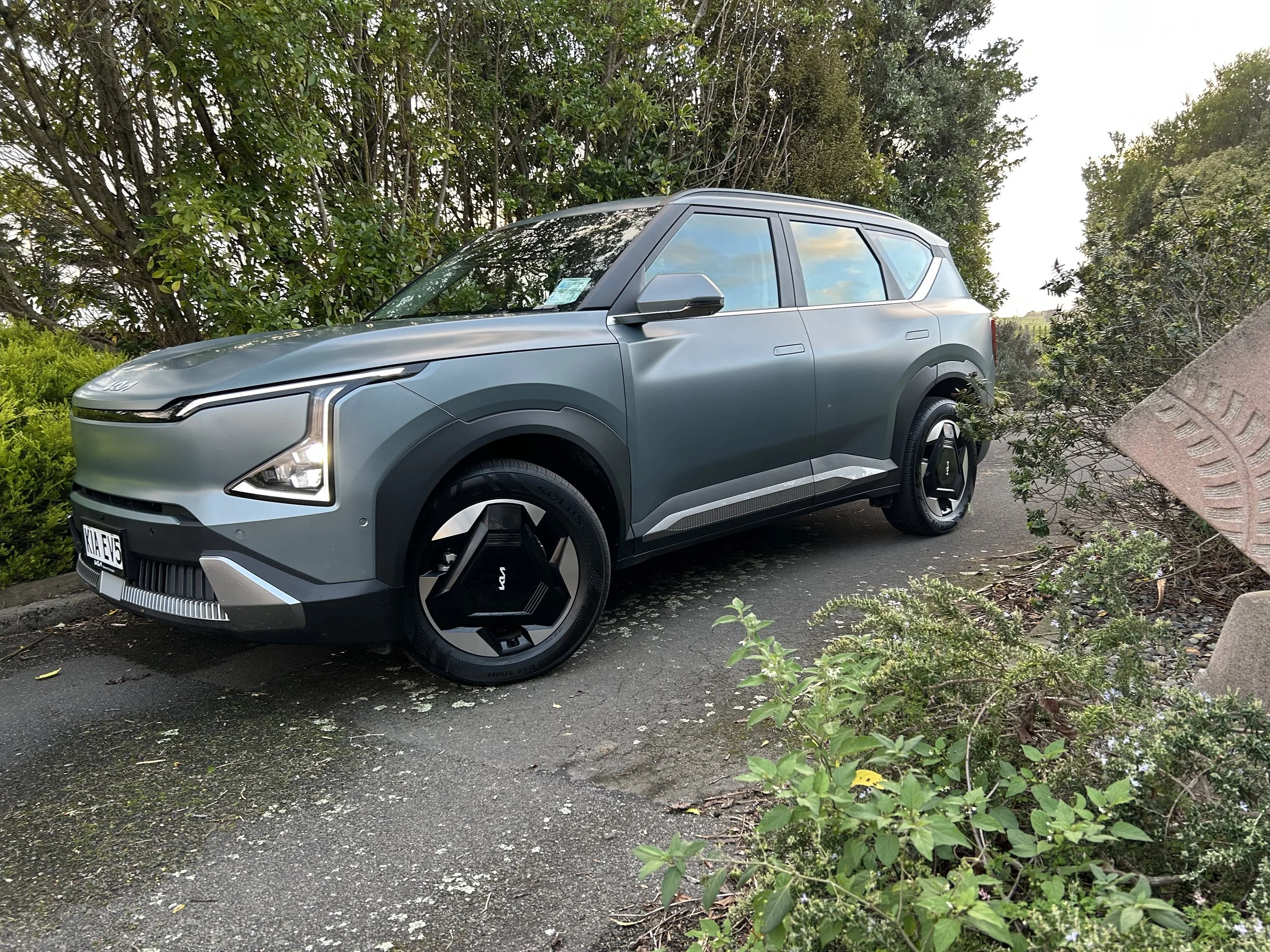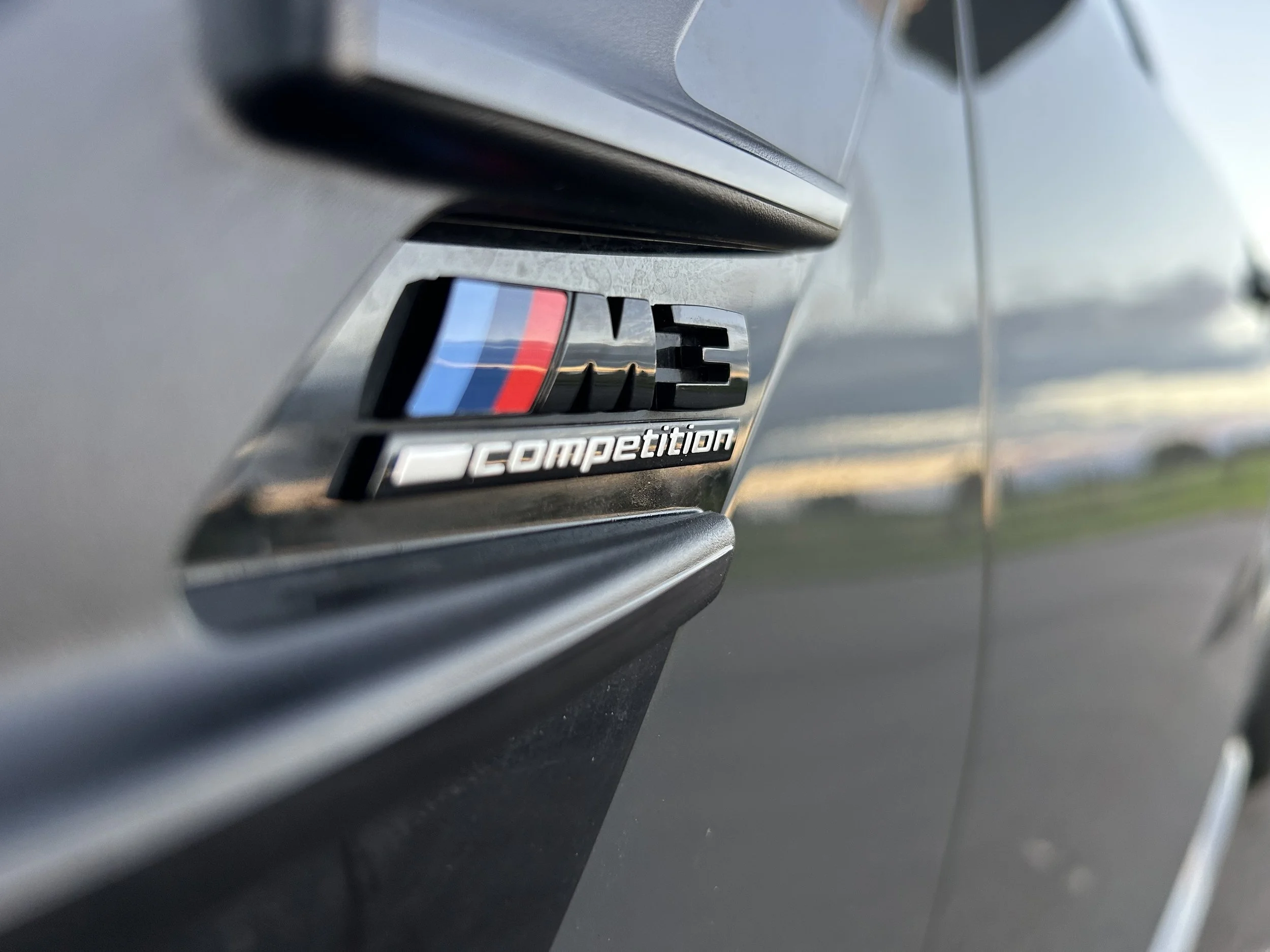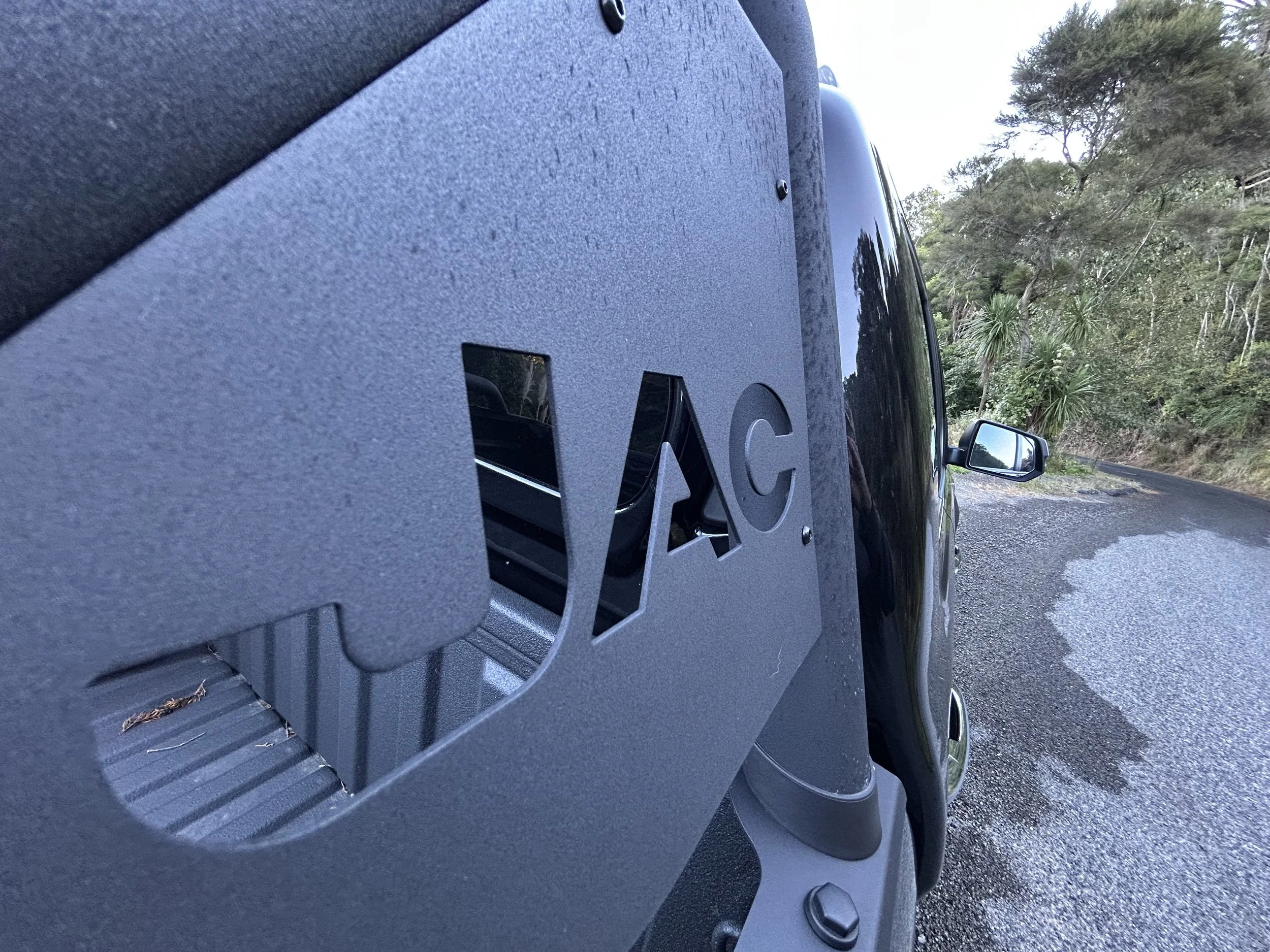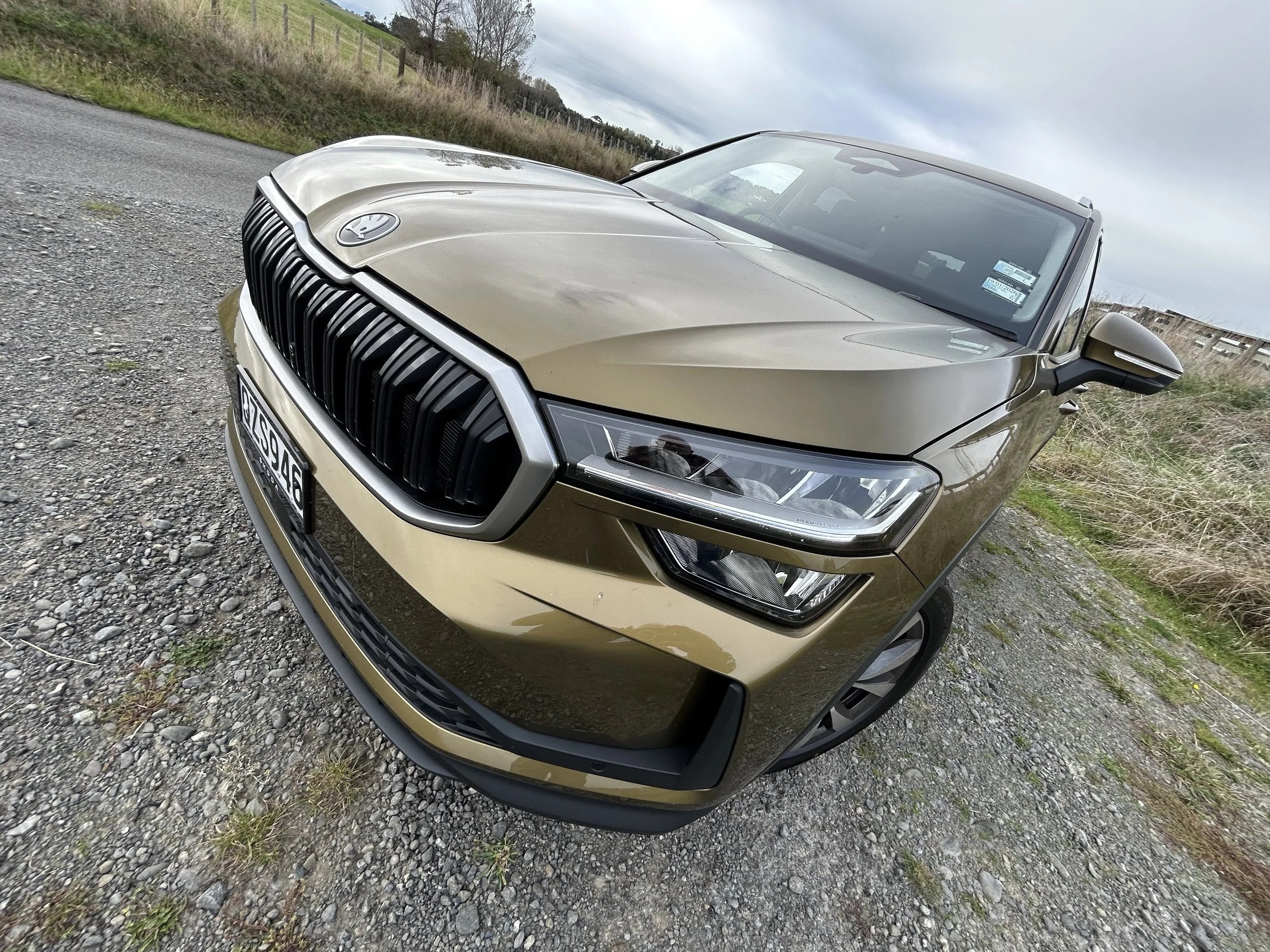Toyota Yaris Cross: When small goes big
/Testing the flagship and budget-end versions of the brand’s smallest and most affordable SUV.
Toyota Yaris Cross hybrid GX and Limited
Price: $33,990/ $39,990
Powertrain and economy: 1.5-litre three-cylinder petrol engine, 67kW/120Nm, total hybrid system output 85kW. Continuously variable automatic. Official combined economy 3.8L/100km, CO2 86g/km.
Vital statistics: 4180mm long, 1765mm wide, 1590mm high, 2560mm wheelbase, 205/65 tyres.
We like: Impressive interior room, decent dynamics, economy ace.
We don’t like: Lane assist annoys, frontal styling underdone.
PEOPLE who want larger small cars, those desiring hybrid but prefer not to draw attention to themselves, folk keen on off-road styling yet have no desire for any beyond seal ability.
In a nutshell, the Yaris Cross is for you.
With small crossovers being chic, petrol-electric interest rocketing, and an increasing count of consumers looking outside of the box … well, you can see why Toyota is confident about achieving big things from a car that slots a body shape inspired by its larger sports utilities onto a platform shared with the smallest tyke it sells.
Sure, from driving the hybrid editions in base GX (the silver car) and line-topping Limited (in red) formats, some personal irks were noted.
The frontal styling isn’t as strong as that of the Yaris hatch – they’ve somehow gone from ‘playful puppy’ to ‘bewildered guppy’. Also, since when was grey and brown trim a winning combination? Since never, I’d contest. Ditto everyone else who sat in the Limited. Plus, as much as I accept the appropriateness of a constantly variable transmission in this application, the heavy acceleration shrillness also makes me wince.
Substantiating the up-to-$6000 price premium between these editions and their respective closest equivalents in the Yaris hatch family, from which the platform, drivetrain, assist and comfort techs are shared is an easier accomplished exercise with the GX. The additional size, enhanced spaciousness makes for a simple sell. You’d be mad not to.
Different at the top. As much as the Limited has allure for being the smartest looking and kitted, it’s still left siting just $5000 short of the next-step entry RAV4 hybrid. Sure, you’ll be cutting back on conveniences by going bigger. Yet, on the other hand, RAV’s a highly polished produc. Move on up and you find an even better and gruntier petrol-electric drivetrain, this time with all-wheel-drive. Yes, there’s a six-month wait, but I’d still be giving it serious thought.
All in all, though, the Cross has the goods to establish itself one of Toyota’s higher-consideration passenger models. It’s obviously not going to bump the extreme Gazoo Racing model as the Yaris you’ll absolutely enthuse about, yet nonetheless is a car you’ll have cause to admire as a ‘how to’ exemplar for resetting small car expectation.
Strange snout aside, it’s shaped for the moment. I can understand why a visiting mate who owns a previous gen RAV4 was instantly intrigued; it’s somewhat reminiscent of that model in profile and none the worse for it.
I like how the surfacing down the sides is given a rugged twist with large, tough-looking wheel arches and a new C-pillar. Toyota’s obviously not finished with tweaking the soft-yet-hard look. There’s a new version overseas, called the Adventure, that emboldens the ‘urban explorer’ theme all the more, and also sorts the face, simply through adding a faux undertray. Go on, Toyota NZ, you know you want it.
The car’s strength as a level-headed purchase is emboldened by the hybrid aspect. Almost all of Toyota’s battery-assisted models are shining at the moment. Government having awoken to need to address vehicle CO2 levels has seemingly triggered genuine public awareness of the efficiency and environmental benefits from a drivetrain Toyota has made a specialist subject.
Packing a hybrid powertrain into a car of this size is no mean feat so Toyota’s electrified expertise has doubtless been tested. But for a good cause. What sells as strongly as the obvious fuel savings is the sheer normality of it all. Overall the Yaris Cross (and hatch) stand out for being extraordinary while looking pretty much everyday. Something you’d still never say about the Prius.
The update to lithium ion batteries is by and large another enviro-lift; they’re so much better than the nickel hydride types that have served Toyota faithfully for years, being substantially lighter and delivering more power to the motor more often.
Okay, so the EV mode isn’t exactly what it advertises – in that, yes, it will prioritise, but not for any substantial benefit (basically, the electric-only operation is limited to start off, reversing and low speed driving on a very light throttle) - but so long as the battery isn’t exhausted you can put on your hypermiling hat and achieve startling good economy. Arguably the true genius of this set-up is more evident when you’re not putting any particular thought into how to achieve optimal eco; it just sorts all that on its own, in smooth, near-silent operation. You can defeat it by driving flat out all the time, but, frankly why would anyone who imagines that’s a good driving style own a hybrid?
While the maker-claimed best of 3.3 litres per 100km (which betters any Prius) wasn’t matched, I was plenty pumped by seeing consistent sub-5 averages from both test examples when driving without any particular consideration to fuel-saving. If your driving pattern is mainly urban or suburban centric and reasonably short stint, you could slash your fuel costs.
That’s not to say it doesn’t also eke well on the open road – last year’s test of a Yaris hybrid hatch proved how eye-poppingly parsimonious it can be – but Toyota itself has almost promoted this set-up as being a urban ace first and foremost.
Still, it will happily travel beyond city limits and, in the 100kmh zone, the car feels stable and even fun. To a point. Toyota has fitted low rolling resistance rubber and you don’t have to push those Yokohama BlueEarth types much to make them squeal. Even so, the ride quality with four adults aboard seemed comfortable and inoffensive, and while there’s some movement and roll, it’s not disconcerting and you have all the usual stability aids to come to your ‘bleeping’ assistance. Its steering is light, but loads up logically and doesn't feel vague. So, a decent, all-rounder. Not outstanding, not underwhelming.
Where it makes better use of the potentials offered by Toyota’s New Global Architecture platform becomes evident when you check out the interior dimension. The Cross really hammers home why Toyota calls TNGA a scalable set of chassis components.
With the Yaris family, you’d imagine it’s doing TNGA on a small scale, yet slide into this car and you realise this isn’t really true. The logic of creating higher riding, enlarged versions of superminis, using the same running gear is pretty patent: Better entry/exit, rear seat space and luggage capacity and, all in all, an impressively spacious cabin, given the modest footprint.
This is a tribute to some pretty clever design; ostensibly the hatch and Cross aren’t that far apart: They have the same 2560mm wheelbase, after all. But the donor is 240mm shorter overall, the crossover adding 60mm to the front overhang and 180mm to the rear. The ground clearance is 60mm higher with the Cross and, with 1550mm height, the hatch is 90mm lower and 20mm narrower overall.
The main binnacle and all the instrumentation, the seats, the door cards … all have been plucked from the Yaris hatch. It’s not without design flourish, but the usual Toyota restraint about not being too flashy cannot be pinned back. The Limited has a more interesting ambience through its mix of trim hues – with GX, it’s just almost wholly grey on grey – but with everything is rendered in hard plastics and quite a few minor controls from the same big box of bits Toyota has been using for eons it will struggle win any awards for material sophistication or bold design appeal.
The gauge cluster is a retro-looking dual-LCD arrangement, with two circular binnacles flanking a centre screen. The large digital speed readout is awesome; it’s a shame some of the readouts for the myriad of functions that can be accessed by scxrolling through the trip computer were not more legible and better sorterd. Steering wheel controls are organised logically, though with a bonus coming from a dedicated switch for lane-keeping assist located here, too.
In terms of storage, wide door bins will fit a one-litre water bottle, and a pair of cupholders can be found behind the automatic shifter. A shallow cubby is located in the centre console. The boot’s cargo capacity comes in at 390 litres, which is decent for the segment and way better than you’ll find in a Corolla hatch, and you can use the 40/20/40 rear seat folds to improve capacity. The dual-height boot floor and large side storage bins are good touches, the cargo cover less so – yes, it’s super-lightweight, but also cheap looking and fiddly to fit. There's also a spare wheel found underneath the revelation of a boot floor.
General cabin ergonomics are good. The front seats are flat but comfortable, and feature lumbar support and height adjustment. Cloth is the only seat material offered, but nothing wrong with that. Leather is hardly needed in cars such as this.
Every new Yaris comes with the ‘Safety Sense’ package with automated emergency braking, lane-keeping assistance to nudge the steering if you’re running wide, adaptive cruise control, sign reading cameras and automatic high beam for the headlights.
Both have blind spot monitoring, which I’d rate as being pretty useful, yet GX’s left side wing mirror also has a teensy ancillary convex mirror off the bottom of it. Very domestic market kooky.
Both versions tick voice recognition and Apple Car Play/Android Auto running through a touch screen that also displays the view behind the car when it is being reversed. All snazzy up to the minute stuff. Yet there’s just a single USB port in the car.
The Limited’s spec is far more fulsome, of course, with heated front seats (with the same activator switches we’ve seen for decades) and a powered tailgate, comfort entry and pushbutton start, climate rather than manual air con and so on. It also achieves larger wheels and better-looking alloys. It’s all appealing stuff, but if you can keep your emotions in check, it’s also all icing.
When it comes to how the cars operate at practical level, the GX is just as good. True, it has a vastly more plain jane appearance and those 16-inch rims are a touch puny, yet it’s the derivative that logically has to make more sense.
Speaking of. When Cross arrived, Toyota NZ’s boss Neeraj Lala expressed optimism it would likely swiftly ramp up to become a stronger seller than the hatch.
Brand-provisioned registrations data suggests that swing has yet to show, however, though it does confirm hybrid favouritism. But, so far, it’s the GX hybrid hatch is selling itself.
Still, I’m with Lala. This is a car with big potential.


